Aparaaditehas (the Widget Factory) is an old factory complex that has become a cultural hotspot. Many creative entrepreneurs, artists, designers and the factory cat Johannes Gutenberg have found their home here. Its industrial interiors and hipster vibes bring together design and art shops, a unique and cozy bookshop, cool restaurants, galleries and several event venues. For example, there is a community repair space called Paranduskelder (direct translation would be “Repair Basement”) that values recycling and environmentally friendly practices, offering workshops and training as well as organising events where people can repair any item they need, whether it is a suitcase or a computer mouse. The neighbouring building houses TYPA Printing and Paper Arts Centre, which received the Ilucidare prize for excellence in Heritage-led Innovation in November 2020.
Hiiumaa
A nature destination with a UNESCO MaB label
Why visit Hiiumaa
Islands are special and so is Hiiumaa. A nature destination, situated in the Baltic Sea, neither large nor small but just perfect for an escape from your daily routines. Tourism is integrated into local life and you will find neither huge tourist resorts nor overcrowded beaches at this green holiday destination. Everything here is authentic and in harmony with nature. That’s why we have proudly earned the title of UNESCO biosphere reserve “Man and Biosphere (MaB)” – sustainable over 30 years.
We welcome you to enjoy wildlife in our ancient and peaceful forests. There are many hiking routes in different parts of the island. You can also take part in our outdoor music festivals or enjoy sunrises and sunsets at natural beaches and small harbours. There are stunning 360º views from our historic lighthouses.
Our island has numerous stories and legends about its colourful history under the rule of Sweden, Germany and Russia. All this is waiting to be discovered at Hiiumaa along with the island’s fresh local food and beverage. Read further to find out about a green holiday in Hiiumaa.
Destination’s sustainability performance
Hiiumaa is an island with unspoilt nature and authentic traditions, just one hour’s ferry trip away from the mainland.
Hiiumaa along with other West-Estonia islands are part of a UNESCO biosphere program area “Man and Biosphere”, meaning that islanders have lived sustainably in harmony with nature for hundreds of years.
Culture & Local Life
Hiiumaa is ideal for self guided tours on your green holiday. It has interesting sites for history, culture, architecture, military history or lighthouse fans, including the much admired Kõpu lighthouse. This is one of the oldest working lighthouses in the world, dating back to the 16th century.
Our festivals are special. They encompass small and environmentally friendly outdoor events like the Ice Fish Festival in February and the Windfish Festival in May. There are also summer music festivals of jazz, chamber, folk and club music.
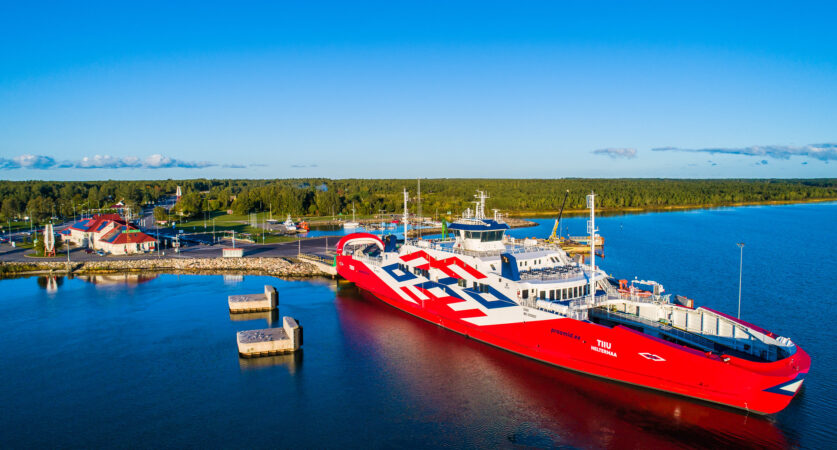
Getting there
By car and ferry : First head towards the western coast of Estonia to Haapsalu and Rohuküla harbour, where you take a one hour ferry ride to Hiiumaa island.
By bus and ferry: There is a public bus service from Tallinn (the capital of Estonia) to the island twice a day. The journey, including the ferry ride, takes about four hours and costs less than 15 euros.
By boat: Around the island there are four main guest marinas and many smaller harbours waiting for visitors arriving by boat.
There are also regular domestic flights from Tallinn airport to Kärdla. It takes about 30 minutes on a 16 seat jet to reach the island.
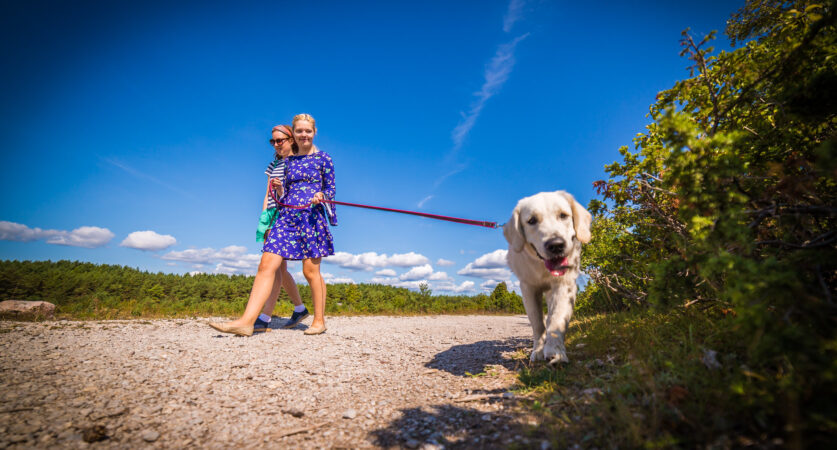
Getting around
Transport on the island is as environmentally friendly as possible. Public transport and parking are free and traffic volumes are very low.
The best way to enjoy your green holiday in Hiiumaa is to get around by bike and to enjoy the trip with all your senses – the fresh air, views, colours, smells and numerous resting places are all waiting.
GOOD BUSINESSES
Discover accommodations, restaurants, shops and attractions that are commited to responsible development

Historic and cultural heritage
In addition to the beaches, take the opportunity to visit the Casa de Taipa Museum and the Church of São Miguel do Arcanjo.
PROMO CODE:
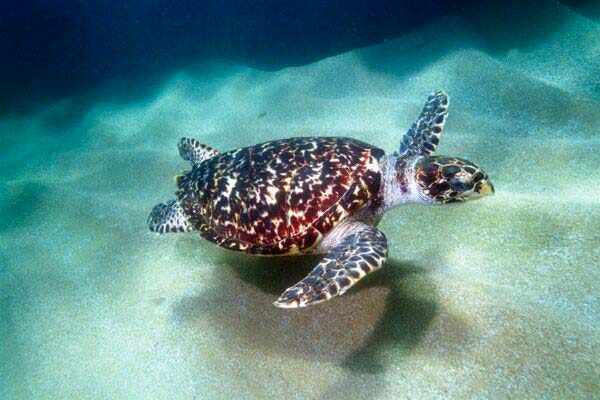
Historic and cultural heritage
In addition to the beaches, take the opportunity to visit the Casa de Taipa Museum and the Church of São Miguel do Arcanjo.
PROMO CODE:
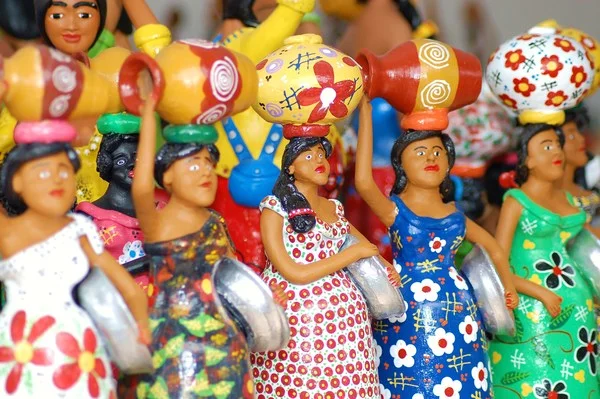
Historic and cultural heritage
In addition to the beaches, take the opportunity to visit the Casa de Taipa Museum and the Church of São Miguel do Arcanjo.
PROMO CODE:
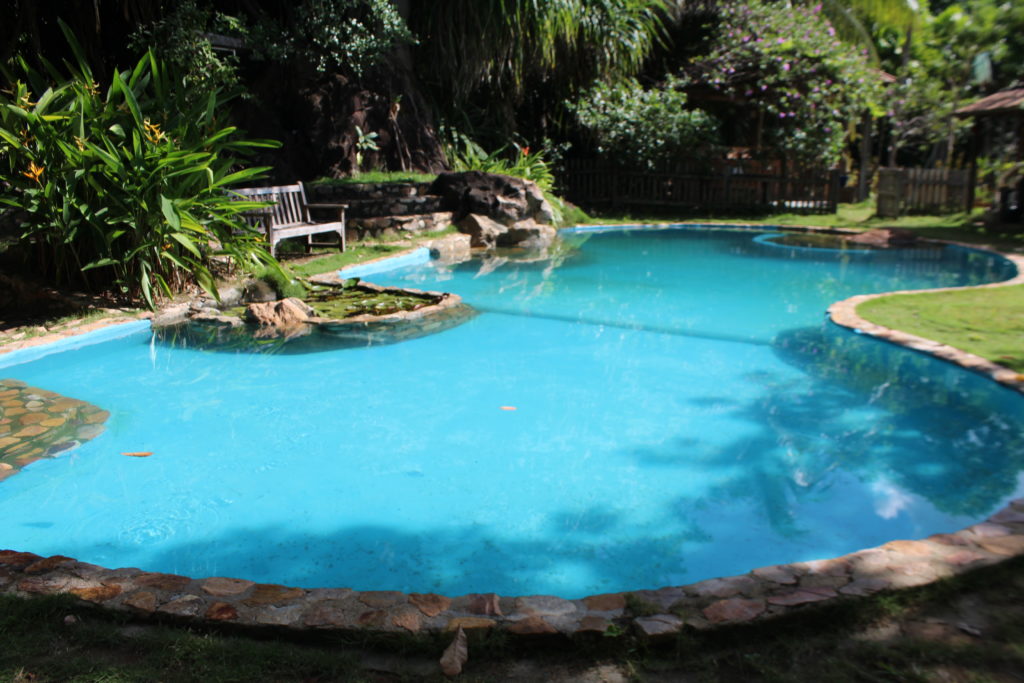
Historic and cultural heritage
In addition to the beaches, take the opportunity to visit the Casa de Taipa Museum and the Church of São Miguel do Arcanjo.
PROMO CODE:
Nature & Wildlife
Equally loved by surfers, sailors, hikers and nature lovers, Hiiumaa is great for those looking for peace and quiet. With strong marine, coastal and inland ecosystems, rich in biodiversity, Hiiumaa offers a wide range of experiences.
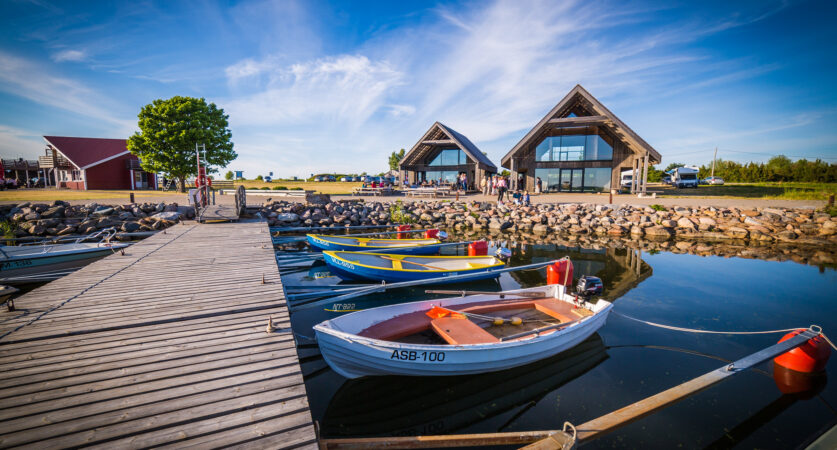
Where to stay
Accommodation on the island includes friendly guest-houses, peaceful holiday homes, holiday apartments and small hotels.
Choose the suitable ones from this website: Hiiumaa accomodation.
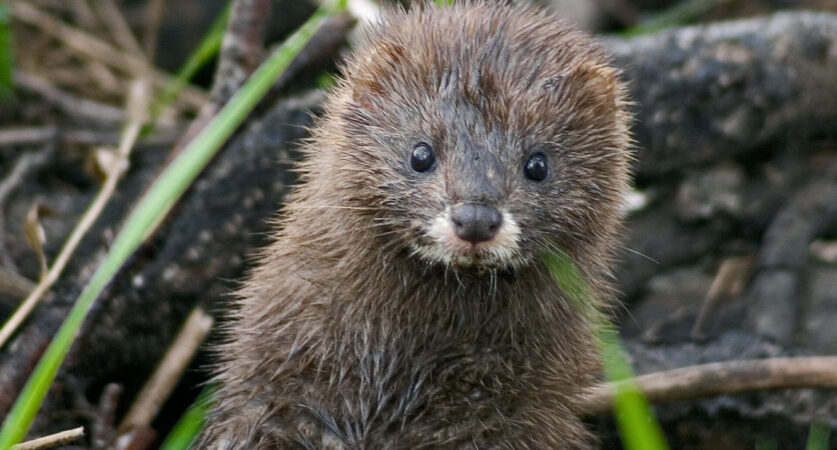
Good Practice Story
Biodiversity on the island is rich and suitable for many endangered species. For years American mink threatened the small remaining populations of European mink in Europe. Due to a well organised long-term project, Estonia has reintroduced a wild population of European mink at Hiiumaa.
Fundamental to the project’s success was the involvement of local stakeholders, as well as local publicity.
Read more
Travel tips from our editors
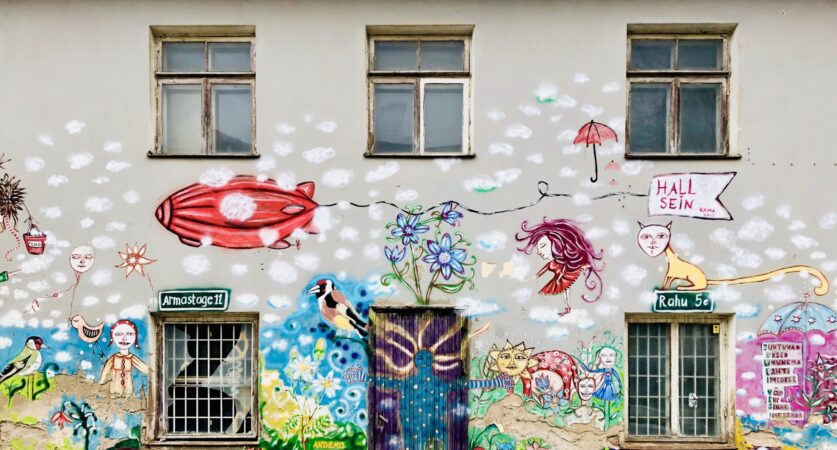
Photo © Ruth Pindus
Street Art
There aren’t very many cities in Europe where graffiti is created in cooperation with city authorities. With its colourful and versatile street art, Tartu is just one of these cities. While strolling down main streets and smaller side streets, you will often encounter interesting masterpieces or slogans with graffiti motifs and drawings. Special city tours have been created for viewing street art.
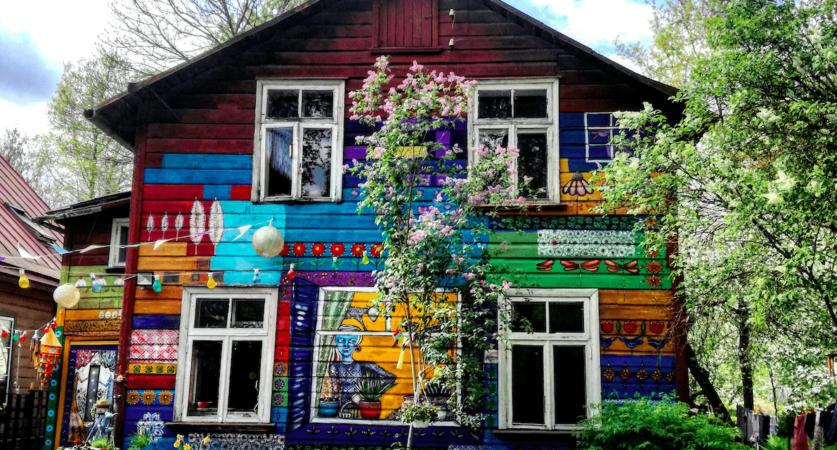
Photo © Evelin Pihlak
Wooden Architecture
Tartu is diverse in terms of its architecture and the character of each of its city districts, for example the historic and majestic old town Annelinn which mainly consists of 5-and 9-storey Soviet-era apartment buildings, as well as the bohemian wooden districts Karlova and Supilinn (Soup Town). The last two are especially interesting to visit as the exciting history, eye-catching architecture and colourful street art of the neighbourhoods meet. It is truly a “little wooden city”, known for its old wooden houses and an eccentric atmosphere. In spring, both locals and visitors to the city have the opportunity to take part in the neighbourhood festivals.
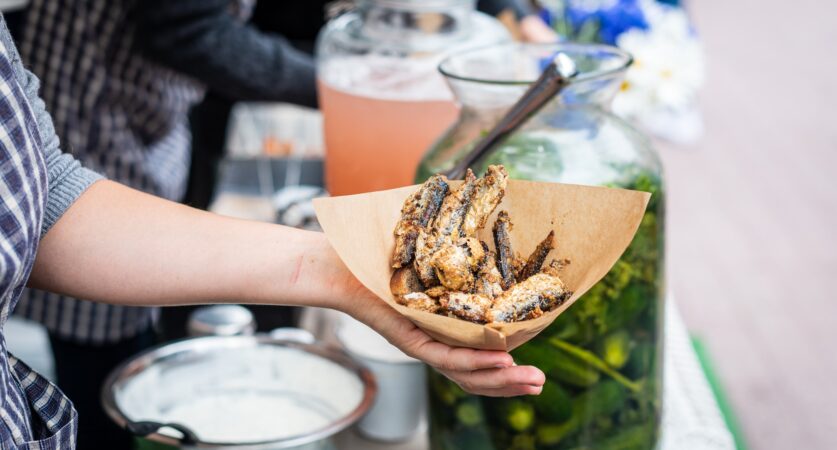
Photo © Katrin Press
City full of flavours
Tartu is the centre of South Estonian flavours. The city has plenty of cozy cafes and diverse restaurants, where authentic Estonian food as well as dishes from different nations can be found. This area is known for various events that promote good and healthy food. In February, Tasty Tartu restaurant month attracts gourmets by offering exciting special menus. The summertime Tartu Food and Wine Festival brings together countless delicacies and seasonal foods from the best that small producers in South Estonia have to offer. Home-café days are growing in popularity both in the city and all over the county.
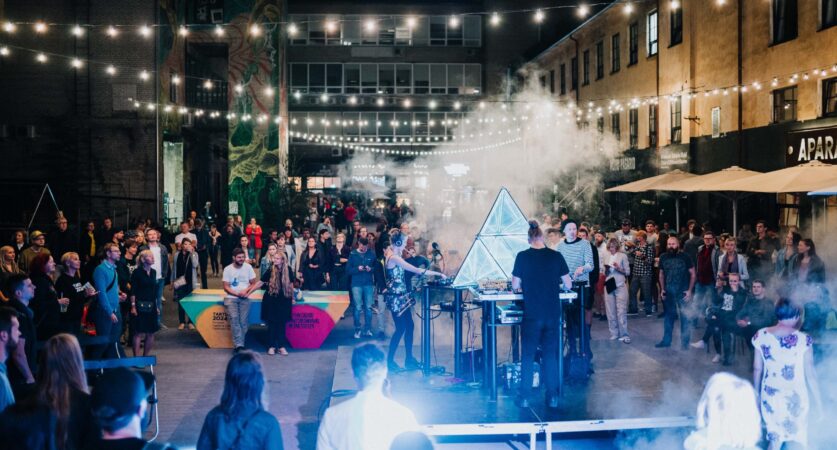
Photo © Kiur Kaasik
Aparaaditehas Creative City

Photo © Jaak Nilson
One-of-a-kind barge ‘Jõmmu’
Barges are unique wooden trading vessels that, in Estonia, sailed the inland waters for more than 600 years – from the 14th until the middle of the 20th century. This contributed greatly to the prosperity of several Estonian towns, especially Tartu. When the Hanseatic League dominated trade across the Baltic and North Seas during the 14th-16th century, the barges heading for Novgorod carried mainly salt, cloth, beer, sweet wine and oriental spices. On the return, they brought furs, honey and wax.
Most of the sailing barges were lost in the turmoil of the two world wars, when they were requisitioned as military landing ships. The last of the historic barges could be seen sailing on Lake Peipus in the middle of the 20th century.
‘Jõmmu’ was built based on the historic barges that sailed in the region and is now the only example of its kind in the world. The barge was launched in the spring of 2006.
In October 2020, a new centre Lodjakoda was opened by the River Emajõgi where visitors can study the history of barges, how they were built and what they were used for. They can try old-fashioned barge-related work, craft a barge model and much more. The centre operates as a shipbuilding centre, theme park, museum, conference centre and exhibition space with a café, Viking and barge tours and a harbour. During winter, the barge ‘Jõmmu’ is also housed in the centre.
Sustainability Recognitions

Hiiumaa was selected in the 2021
Sustainable Destinations Top 100
Get in touch
Support
We are a multicultural, creative and dedicated team working to promote sustainable tourism. Join us in our fight against the climate crisis, single-use plastics and over-tourism!
